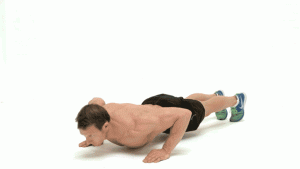
Have you ever noticed that you used to exercise effortlessly such as skipping rope, running, climbing stairs, etc. You don’t know from which day the body seems to be struggling to do it every year.
Although athletic ability decreases with age, you may not realize that the rate of athletic ability decline is strongly related to longevity.
Recently, a new study in the United Kingdom showed that 10 years before a person’s death, signs of a decline in athletic ability had warned the body.
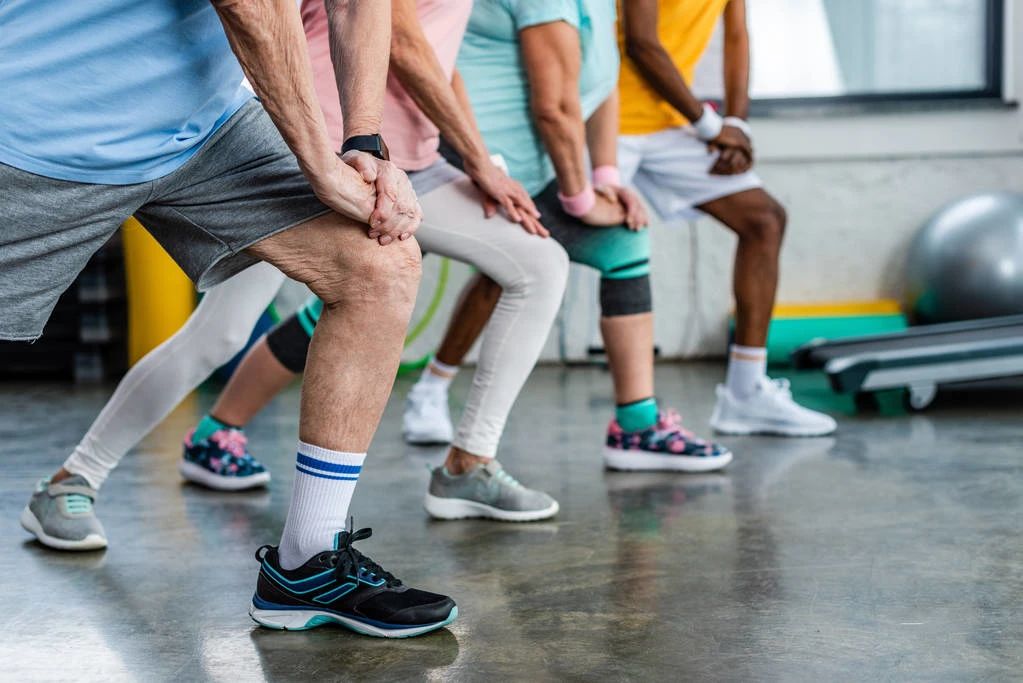
After 65 years old, athletic ability is about life span
Recently, a study published in the British Medical Journal showed that the worse the exercise ability after the age of 65, the higher the risk of death, and from 10 years before death, there will be signs of decline in exercise ability. Experts remind that early detection of changes in motor function can prevent aging in advance.
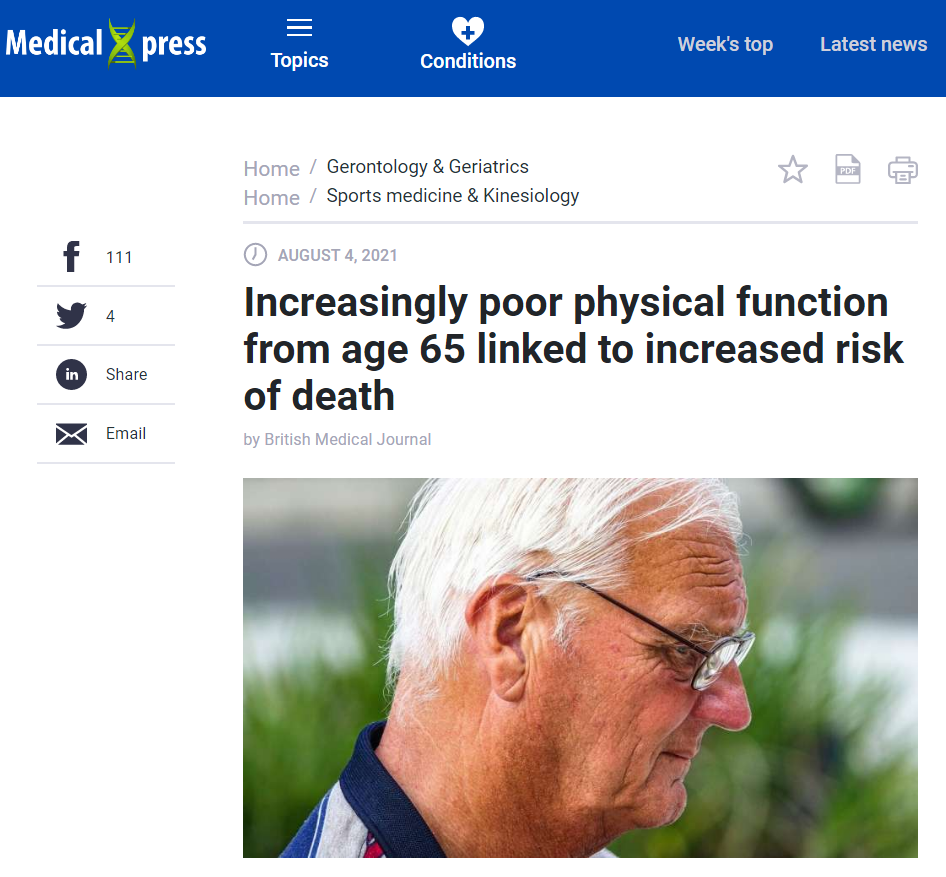
Aging is a phenomenon in which the body’s ability to adapt to the environment gradually decreases and gradually tends to death. It can be divided into the following two types:
Physiological senescence: refers to the physiological degeneration process that occurs after the mature period;
Pathological aging: Refers to senile changes caused by external factors, including various diseases.
In order to explore the effects of exercise functions on aging and long-term health, a research team led by French scholar Benjamin Landre analyzed and studied 6,194 participants recruited from 1985 to 1988.
All participants underwent 3 motor function assessments between 2007 and 2016, including walking speed, sitting and standing ability, grip strength, and self-assessment of difficulty in daily activities such as dressing, toileting, cooking, and grocery shopping.
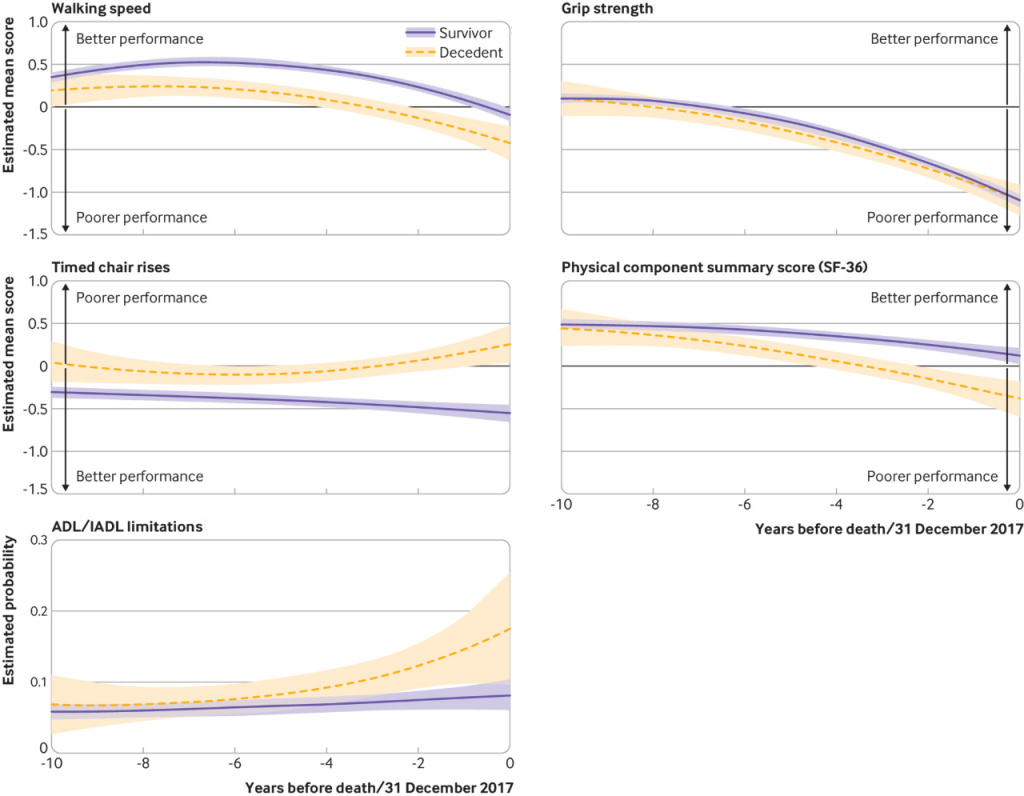
The results showed that walking speed, sitting and standing ability, and poor grip strength increased the risk of death by 22%, 14%, and 15%, respectively. Difficulties in daily activities increased the risk of death by 30%. Moreover, as age increases, this association becomes stronger and stronger.
Further analysis of the deceased participants showed that:
10 years before death, the ability to sit and stand was poor;
In the 7 years before death, self-reported poor motor function;
In the 4 years before death, daily activities are more difficult.
These differences showed a steady increase before death, especially 4 to 10 years before death. The researchers concluded that now that the global population is aging, it is very important to understand the motor function of the elderly and their changes with age.
The results of the study indicate that a plan to slow down aging should be initiated before entering the old age, and testing should be performed when the motor function begins to change, which may provide opportunities for targeted intervention.
4 indicators are closely related to aging
Generally, women from about 50 years old and men start from about 60 years old, aging will accelerate.
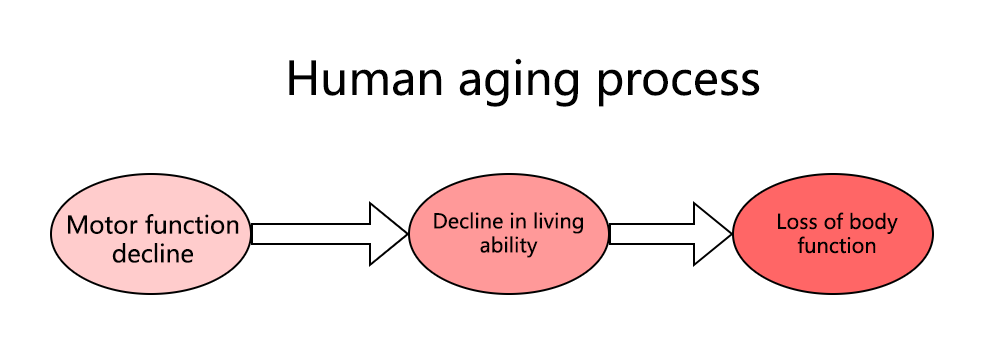
Therefore, the physical fitness test includes vital indicators, grip strength, reaction time, pedaling speed, sitting body forward bending, and the length of standing on one foot with closed eyes, especially the following 4 points.
Walking speed
Walking speed is an indicator that comprehensively reflects the health status of the elderly, because people need to participate in 60% to 70% of the muscles of the whole body when walking, including the support and cooperation of multiple systems including the respiratory system, circulatory system, nervous system, and musculoskeletal system.
A study by the University of Pittsburgh in the United States shows that the pace of walking can predict the length of life, especially in people over 75 years of age.
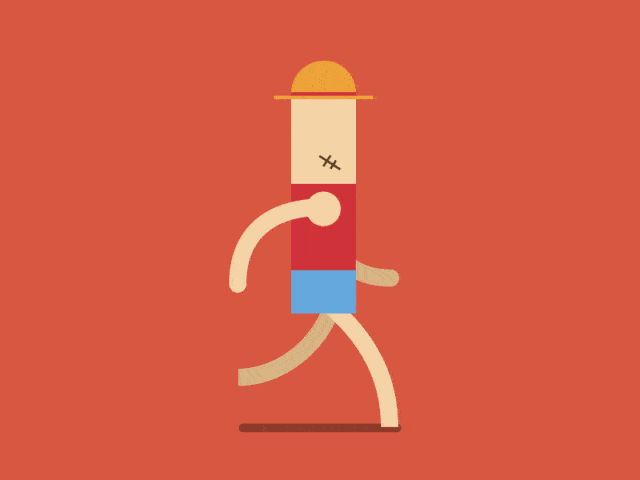
Pace reflects the body’s oxygen-adaptation capacity, the muscular endurance of the heart, lungs and lower limbs, and can affect a person’s ability to live independently.
The average person’s walking speed is 0.9 m/s, and lower than 0.6 m/s indicates that the muscle atrophy is serious and may suffer from sarcopenia.
If the gait speed of the elderly is lower than 0.6 m/s, the risk of death is increased. Once the gait is staggered, limp, etc., it indicates that there may be cardiovascular and cerebrovascular disease. These gaits are also typical sequelae of stroke.
Grip strength
Basic movements such as lifting, pulling, twisting, and grasping are all related to grip strength, which can reflect the strength of the upper limbs and affect the balance of power throughout the body.
A study by the McMaster University School of Medicine in Canada found that for every 5 kilograms in grip strength, the risk of death from cardiovascular disease increased by 17%, and the risk of heart attack and stroke increased by 7% and 9%, respectively.
According to the national fitness test standard, if the grip strength does not meet the following standards, it can be judged as poor motor function.
Sitting and standing ability
The sitting and standing test is a common physical fitness test, especially for the elderly.
Stand in front of a chair, put your hands on your chest, stand and sit down repeatedly. If middle-aged and elderly people can complete 25 times or more within 30 seconds, it indicates that the bones and muscles of the lower limbs are good, and vice versa.
Daily activities
Low-intensity labor can reflect the ability of the elderly to take care of themselves. If daily activities such as dressing, toileting, cooking, and grocery shopping are restricted, it means that aging is increasing and muscles are decreasing.
The most intuitive feeling of sarcopenia patients is that they have poor self-care ability, such as inability to unscrew the bottle cap, inability to carry vegetables, inability to wash small clothes, and slow walking speed, which will increase the risk of falls, disability, and hospitalization. If sarcopenia is combined with chronic diseases such as heart failure, the treatment recovery effect is poor, the recovery time is longer, and the serious one can lead to death.
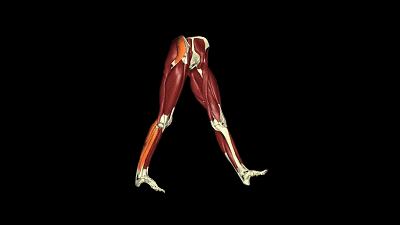
In addition to natural physical aging, the reasons for the decline in the elderly’s exercise function are also related to factors such as chronic diseases, poor lifestyles, and acute events (such as hospitalization, falls). However, the decline in function is mainly a consequence of lack of exercise, not a direct consequence of aging.
Human motor function reaches its peak around the age of 30, and then slowly declines, until the age of 50 or 60, there is a particularly significant decline.
However, due to unhealthy lifestyles such as frequent sitting and exercise and unreasonable dietary nutrition, chronic diseases such as “three highs” are becoming more and more common, leading to rapid decline in motor function and early aging of the body.
4 ways to self-test whether the exercise function is declining
What is the degree of decline in motor function? The following 4 self-test methods are recommended.
Walking a 6 meters line
Draw a 6-meter-long line on the ground, walk along the long line from the starting point to the end at the usual walking speed, record the elapsed time, and divide it by 6. If it is not less than 1 m/s, it means that the elderly have strong mobility.
Gripper
Maintain a standing position, use a spring-type gripper, extend the elbow to measure the grip strength of the main hand twice, and select the maximum reading. Compare the results with the above-mentioned national fitness test standards to measure upper limb muscle function.
Do push-ups
If there are fewer than 5 push-ups for men aged 60 to 69, and 4 for women kneeling-ups, it indicates that the strength of the core muscles has declined.
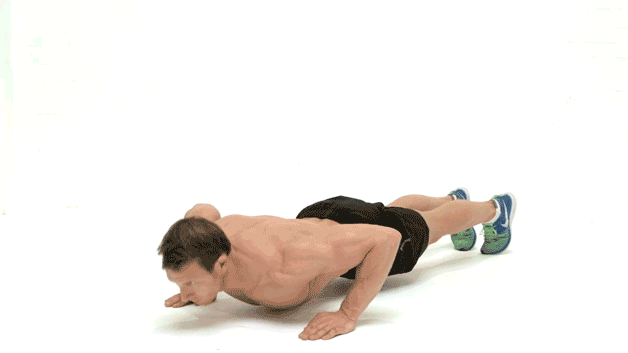
Standing on one foot with eyes closed
Raise your arms side by side, stand with your legs close together, and your toes forward. Close your eyes and raise one foot at the same time so that it is off the ground and not in contact with the other foot.
Test 3 times with an interval of more than 5 minutes each time, and take the best result. It is normal for women to hold for more than 12 seconds and men for more than 13 seconds. The longer the time, the better the balance.
If you want to maintain good exercise function, you must start exercising as early as possible, at least from the age of 30, but even if you miss it, don’t be discouraged. As long as you start exercising, it is never too late.
But pay attention to find a suitable exercise method, step by step, and appropriately increase the frequency, intensity and duration.
In order to avoid a rapid decline in exercise capacity, it is recommended that middle-aged and elderly people use 3 methods to exercise scientifically:
Aerobic exercise
Perform at least 150 minutes a week, which can be square dancing or brisk walking. When walking briskly, you must shake off your arms and stride. Walking too slowly will not achieve the purpose of strengthening your body. Only if you have a large step and shake off your arms can you promote metabolism. The elderly can walk about 6000 steps a day.
Strength Training
At least 2 times a week, you can practice in the gym or use the community fitness equipment. Those who do not have the above conditions can also practice squatting against the wall, push-ups, etc. at home, each group of 7-8 exercises, a total of two groups.
It is recommended that the elderly can also fill the mineral water bottle with sand when doing resistance training, instead of dumbbells, or use elastic ropes, resistance bands, etc., step on them with their feet, and practice upper arm curls.
At the same time, we must also focus on improving grip. Studies have shown that people who use a gripper to practice grip exercises (3 times a week, 15 minutes each time) can reduce their systolic blood pressure by 10%. Therefore, elderly people with high blood pressure may wish to buy a gripper to practice.
Housework exercise
In daily life, you can exercise anytime, anywhere.
When the floor is not high, you can lift heavy objects and climb the stairs;
Organize clothes, muscles and joints can be stretched;
Housework such as sweeping the floor, mopping the floor, cleaning windows, washing the car, etc. can also exercise the upper limbs and
In addition, after the age of 50, the balance will be significantly reduced. The elderly can exercise their balance through simple training such as catching and throwing a ball, standing on one foot, walking on tiptoe, catwalking, or playing Tai Chi and ballroom dancing.
Comments